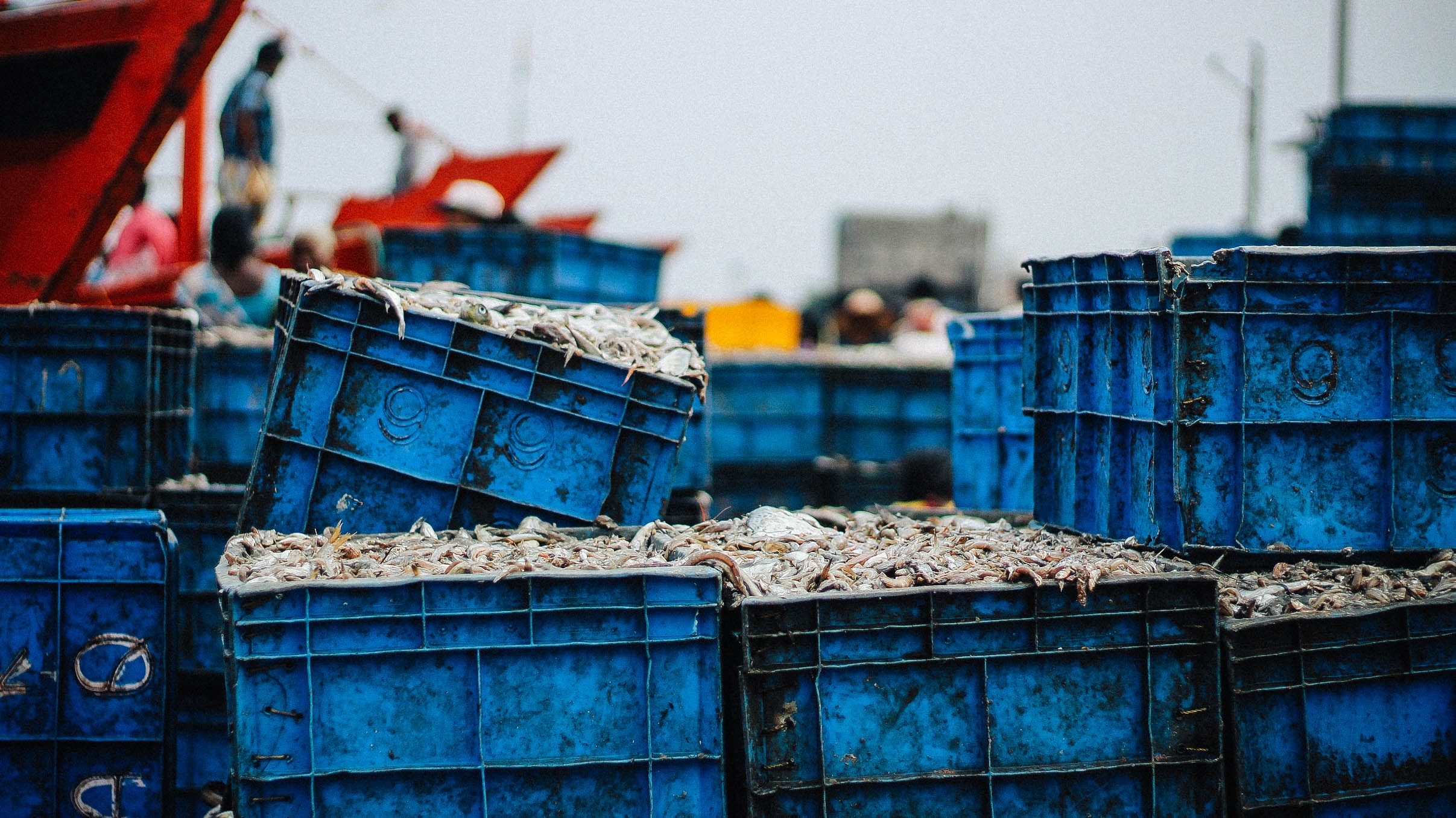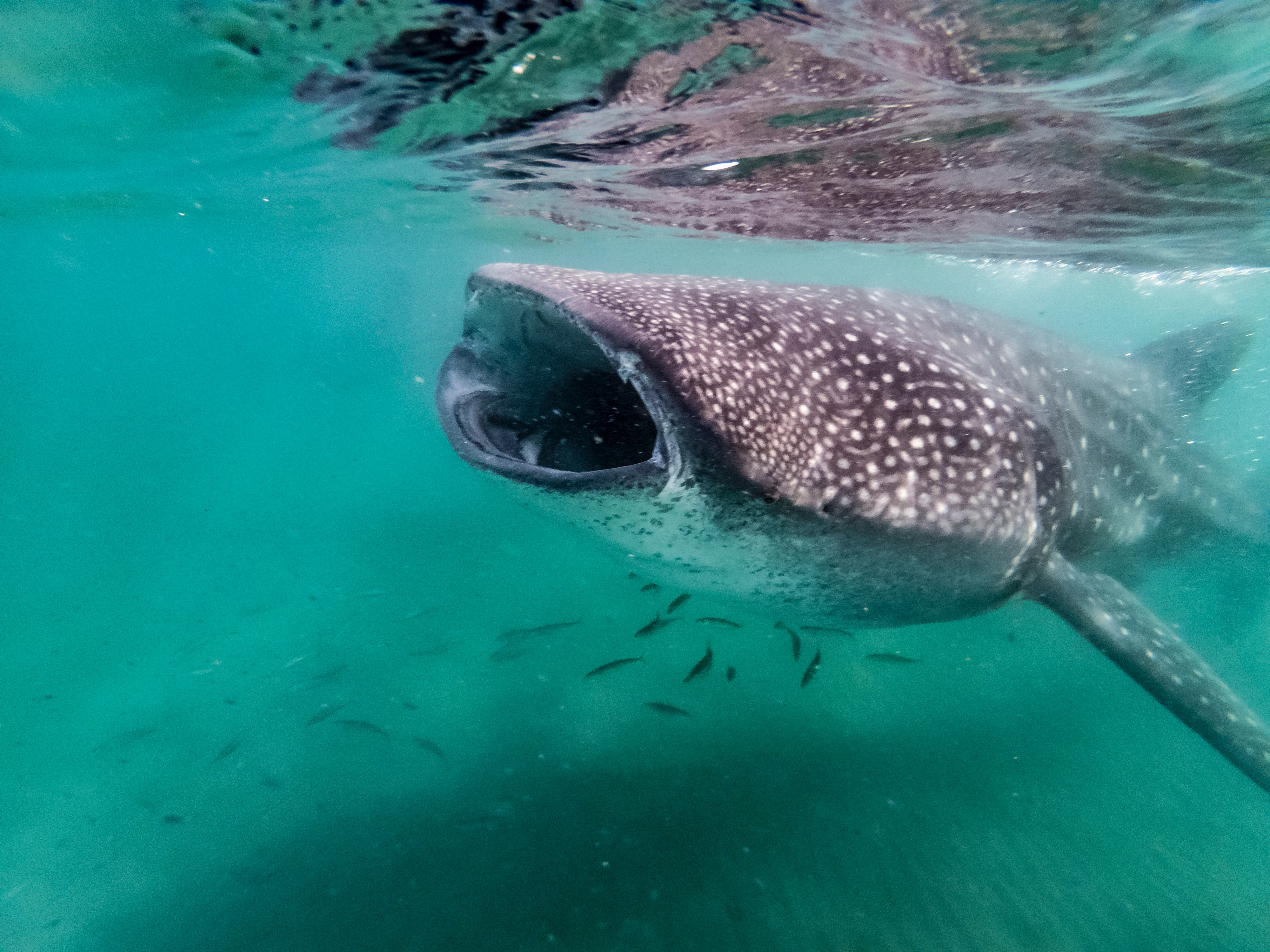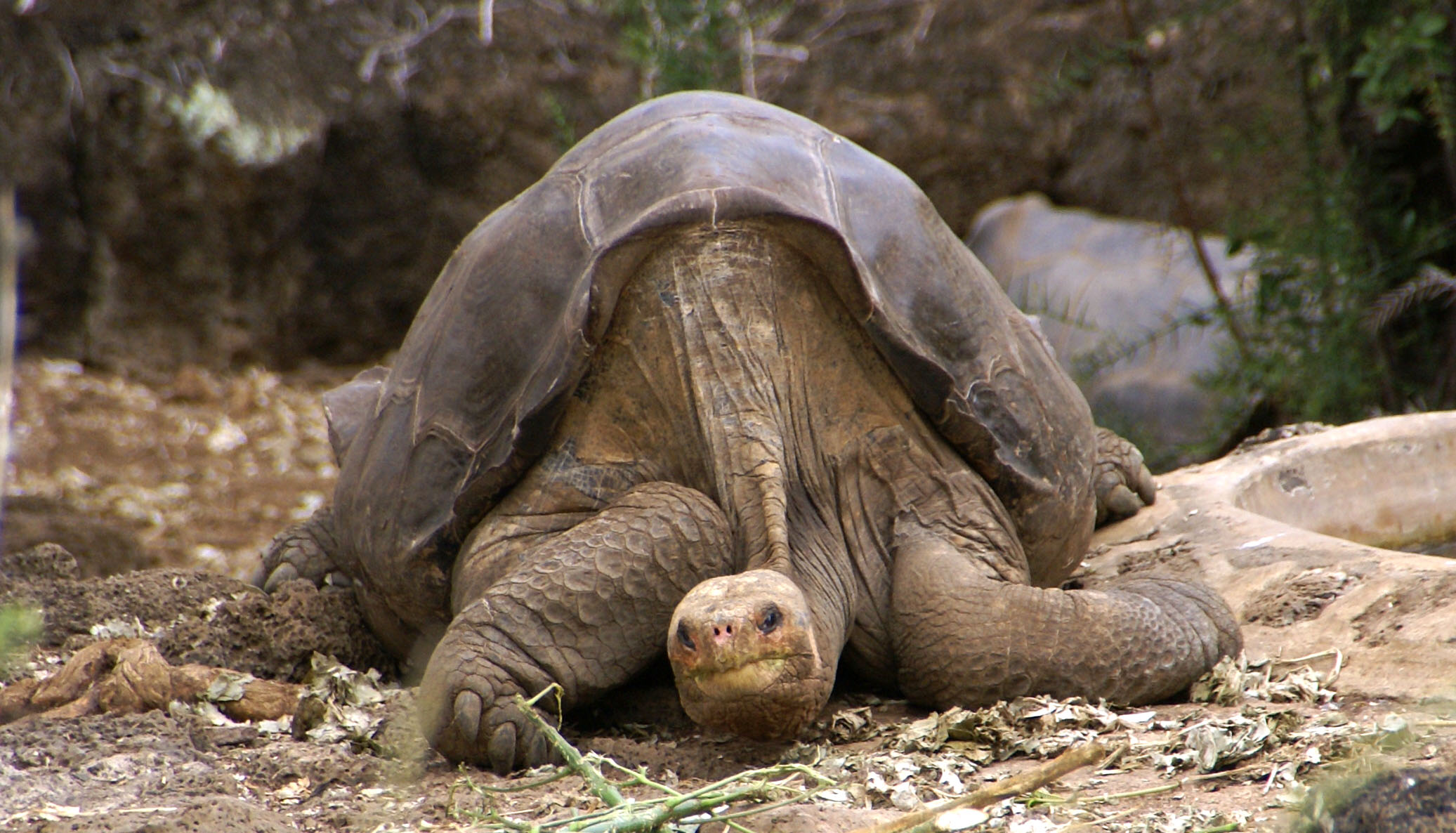
Study: we’re eating large animals to extinction
A study published this month in Conservation Letters found that three out of five of the world’s large wild animals are threatened with extinction, mainly due to direct harvesting by humans for consumption of meat or body parts.
Intentional and accidental killing
The authors analysed how human activities are impacting the conservation status of 362 large animal species, or “megafauna”, within six classes: mammals, ray-finned fishes, cartilaginous fishes, amphibians, birds, and reptiles. 70% of assessed species were found to be decreasing because humans are killing them for food, either intentionally or due to bycatch in snares, traps, gillnets, trawls, and longlines.

Examples include several iconic species, such as the leatherback turtle, threatened by fisheries bycatch as well as human consumption of eggs and meat, and whale sharks, whose flesh is sought-after in some Asian markets.
The paper also highlighted some less well-known species, including the critically endangered European sturgeon, which is rapidly declining due to insatiable demand for caviar. The Chinese giant salamander, the world’s largest amphibian, is also critically endangered because its meat is considered a delicacy in parts of Asia.
Large animals are more vulnerable
The study found that megafauna are 2.75 times more likely to be threatened with extinction than other vertebrate species that have been assessed by the IUCN Red List of Threatened Species.
Nine megafauna species went extinct between the 1760s and 2012 due to excessive hunting or a combination of hunting and habitat degradation. These include Steller’s sea cow, the bluebuck, and the Pinta giant tortoise, of which the famous last remaining individual, ‘Lonesome George’, died in 2012.

Large animals tend to reproduce slowly and are therefore more vulnerable to human impacts than smaller, fast-breeding ones. The authors argue that minimising the direct killing of the world’s largest vertebrates should be a conservation priority.
Ever-more people means plummeting wildlife
The paper acknowledges that the “main causes of vertebrate biodiversity declines are overexploitation and habitat loss associated with an increasing human population and per capita resource use” but its recommendations unfortunately fail to suggest action on population.
Whilst outreach activities and international legislation are vital to help save the most vulnerable species, the only way we can ensure the survival of iconic animals is by drastically reducing our ecological footprint. This means achieving sustainable consumption levels as well as a sustainable human population size.


